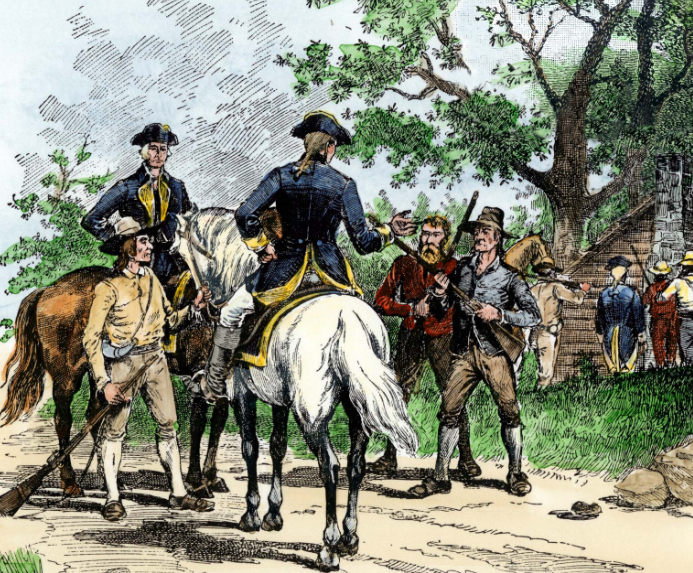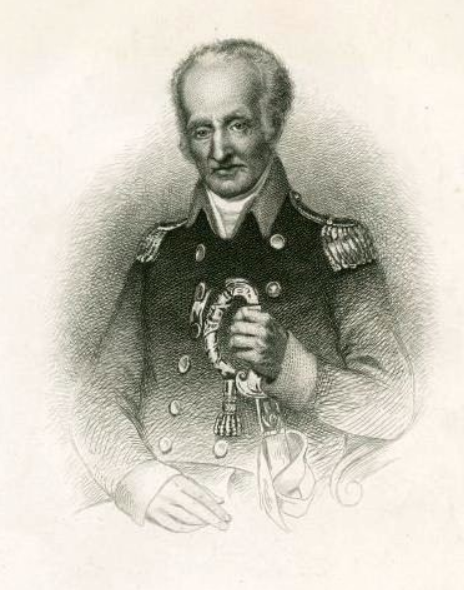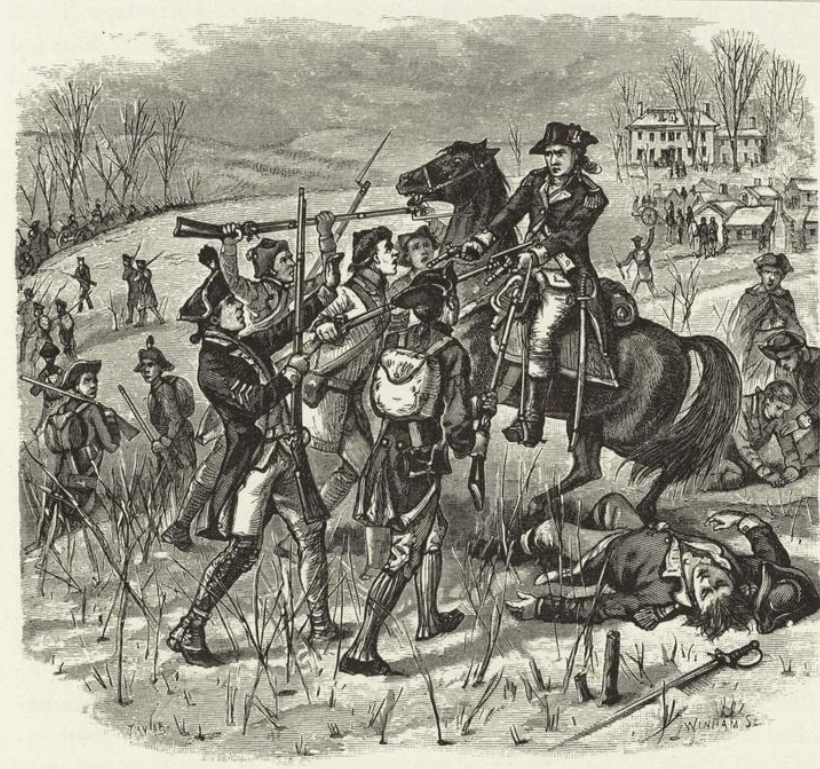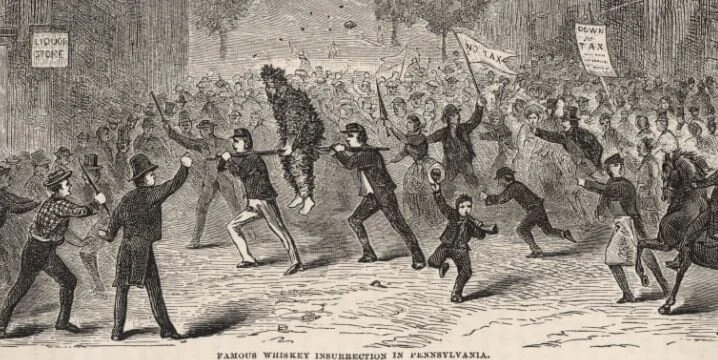Founding Taxman - Joseph Neville and the Whiskey Rebellion
Joseph Neville attempt to collect taxes from farmers in western Pennsylvania began the tension which led to the Whiskey Rebellion.
Neville, a former member of the Pennsylvania Supreme Council, lost a massive amount of personal property for his role in the events.
Joseph Neville
Before joining the Continental Army, Joseph Neville had a long history of fighting in wars.
Neville was a veteran of both the French and Indian War and Dunmore’s War.
He enlisted with the Patriots, saw action throughout the New Jersey and Pennsylvania Campaigns and was given a brevet promotion to Brigadier General.
Pennsylvania Supreme Councillor
After the war, Neville became an important leader in western Pennsylvania.
He was elected to the Pennsylvania Supreme Council which was a short-lived experiment where that State had an assembly of people heading the Legislative Branch instead of one Governor.
Joseph supported adopting the Constitution, as it promoted a standing army to defend American borders from Native Americans.
The Tax on Distilled Spirits
After the new Government came into effect, a tax was placed on whiskey to raise Federal funds.
Many poorer farmers on the frontier, who had recently lost Spanish permission to trade their grain on the Mississippi River, saw whiskey as the best way to keep their product from spoiling.
However, larger whiskey producers were able to pay a flat fee while smaller farms had to pay by the gallon.
Patently unfair, the people of western Pennsylvania decided they simply would ignore the tax.
Taxman
When the Federal Government began to crack down on tax dodgers, they hired Joseph Neville as a Revenue Inspector for the area in and around Pittsburgh.
His efforts to collect were received poorly by the local residents (remember, parts of the United States were only two decades removed from tarring and feathering).
One afternoon in the Summer of 1794, a group of approximately 50 militiamen surrounded Neville’s house. Joseph shot and wounded one of the attackers and they retreated.
The Whiskey Rebellion
The protesters returned the next day, this time with about 500 men.
There was nothing Neville could do but watched as they burned down his house and outbuildings.
The events surrounding Joseph’s property made up the first events in what we now know as The Whiskey Rebellion.
Fallout
In response to this and several hostilities that followed, George Washington called approximately 13,000 men to arms (essentially the same amount as fought in the Continental Army) to suppress these rebels.
Washington became the only sitting President to personally lead men into action, although by the time he arrived most of the resistance had dispersed.
As for Joseph, he would soon retire to Neville Island. This plot of land in the Ohio River sits in the Greater Pittsburgh Metropolitan Area and still bears his name.
Want to learn about the man who HELPED WASHINGTON AND HAMILTON SUPPRESS THE REBELS?
‘Light Horse Harry’ Lee Quells the Whiskey Rebels
Want to read about the Whiskey Rebellion?
There are dozens of books on the subject but ‘Frontier Epilogue’ was mandatory for one of my history classes when I was first getting interested in the Revolution so I still recommend it.
If you’d like a copy for your very own you can through the Amazon affiliate link below (you’ll support this site, but don’t worry, Amazon pays me while your price stays the same).
Want to get fun American Revolution articles straight to your inbox every morning?
Subscribe to my email list here.
You can also support this site on Patreon by clicking here.






